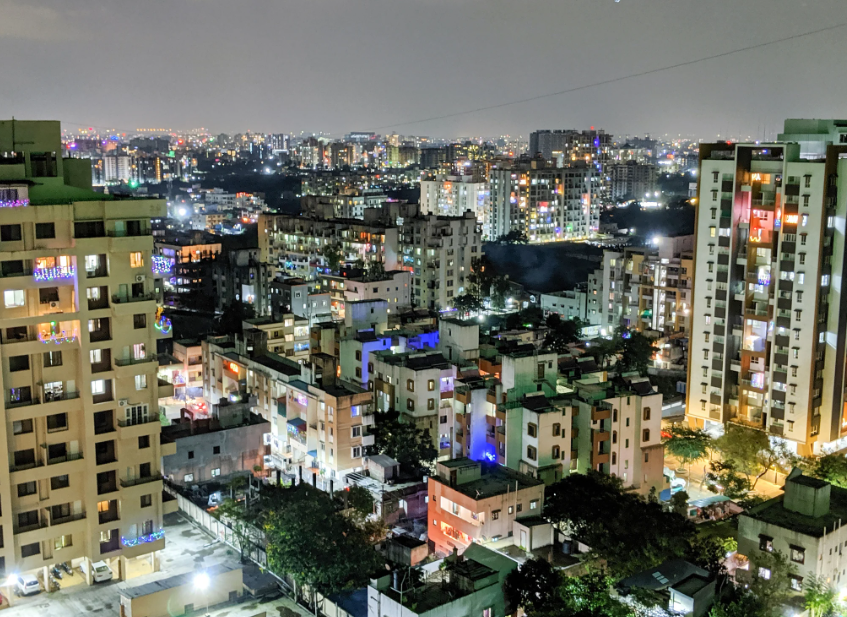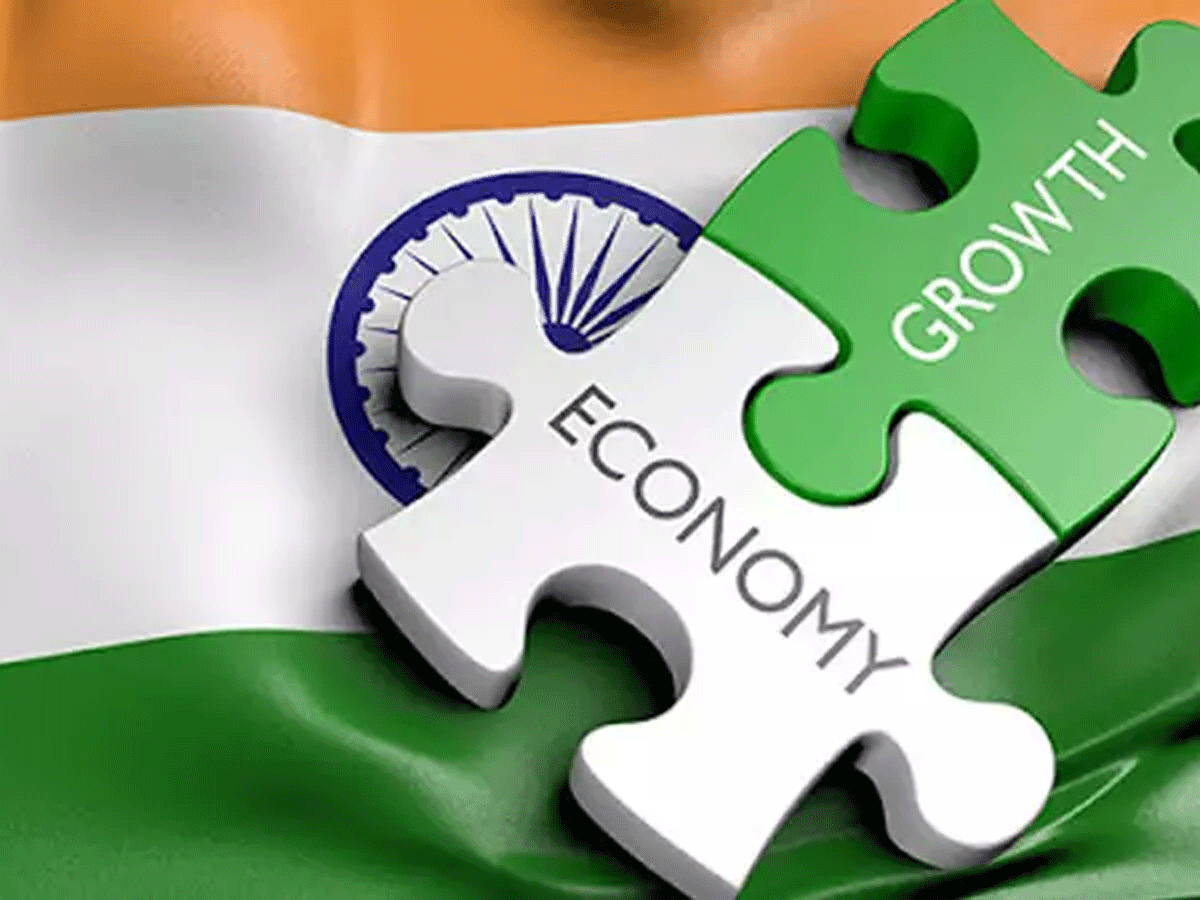
Urbanization goals for becoming India a developed nation
- November 14, 2022
- 0
India surpassing the United Kingdom to become the fifth-largest economy, the world is closely watching as it strides towards the next 25 years. A defining factor in India achieving its developmental goals will prove to be the pace at which it urbanizes.
Since the 1950s, the speed of urbanization in India has witnessed a consistent rise. Even when it has lagged its peers, India has prioritized planned urbanization as part of its development strategy.
However, unwillingness is the least of its concerns when it comes to increasing the pace of urbanization. What’s of greater concern is that the nation’s cities are plagued with issues like sewage management, urban planning, declining water table and air quality that negatively influence the ease of living.
For the most part, urbanization in India followed the trajectory of economic development. That is to say, cities developed in tandem with economic growth. However this resulted in asymmetric patterns of urbanization.
Yet, with an expected urban population of close to 630 million by 2030, the emphasis should not be on urbanization along but on planned urbanization. By planned urbanization, it is implied that equal emphasis is placed on aspects of city design, planning and governance.
Well-planned cities lead to value creation through optimal distribution and utilization of resources. To this extent, India needs to target key reform areas, from remodeling its urban governance system to making it more people-centric.
However, the urbanization rate must be regulated to prevent a population surge only in larger cities. It is also essential to closely monitor the rate of urbanization as it will aid in the process of building sustainable pathways to socioeconomic development in the country.
भारत के विकसीत राष्ट्र बनने में
शहरीकरण का ढांचा
भारत ने ब्रिटेन को पछाड़कर विश्व की पांचवीं सबसे बड़ी अर्थव्यवस्था बनने की उपलब्धि हासिल करते ही दुनिया की नजरें इस ओर टिक गई हैं कि अगले 25 वर्षों में भारत किस दिशा में आगे बढ़ता है। इन 25 वर्षों के दौरान भारत ने एक विकसित राष्ट्र बनने का लक्ष्य तय किया है। हालांकि, इस लक्ष्य की पूर्ति में एक निर्णायक पहलू यही होगा कि भारत में शहरीकरण किस रफ्तार से होता है।
वैसे तो 1950 के दशक से ही भारत में शहरीकरण की गति में निरंतर तेजी का रूख कायम रहा है। भले ही इस मोर्चे पर वह अपने साथियों-समकक्षों से पिछड़ गया हो, किंतु भारत ने अपनी विकास रणनीति में नियोजित शहरीकरण को प्राथमिकता दी है।
हालांकि, जब शहरीकरण की गति बढ़ाने की बात आती है तो अनिच्छा उसमें उतनी बड़ी चिंता नहीं दिखती। इसमें बड़ी चिंता की बातें यही हैं कि देश के शहर तमाम समस्याओं के अंबार से जूझ रहे हैं। सीवेज शोधन, शहरी नियोजन, भूजल का गिरता स्तर और वायू गुणवत्ता में कमी सुगम जीवन की राह में बाधक बन रही हैं।
भारत के अधिकांश हिस्सों में आर्थिक विकास के साथ ही शहरीकरण होता गया। इस प्रकार कहें तो आर्थिक वृद्धि के साथ कदमताल करते हुए शहर विकसित होते गए। हालांकि इसका परिणाम असममितअसंगत शहरीकरण के रूप में निकला।
वर्ष 2030 तक देश में शहरी आबादी का आकंड़ा 63 करोड़ तक पहंुचने का अनुमान है तो पूरा जोर केवल और केवल शहरीकरण पर न होकर, बल्कि नियोजित शहरीकरण पर भी होना चाहिए। नियोजित शहरीकरण से यही आशय है कि शहर के डिजाइन, नियोजन और गवर्नेेंस पर बराबर ध्यान केंद्रित किया जाना चाहिए।
सुनियोजित ढ़ग से बसे हुए शहर संसाधनों के महत्तम वितरण और उपयोग के माध्यम से मूल्य वर्धन की ओर उन्मुख करते हैं ऐसे में भारत को प्रमुख सुधारों को लक्षित करने की आवश्यकता होगी, जिसमें शहरों की शासन प्रणाली को नए सिरे से तैयार करने से लेकर उन्हें अधिक जन-केंद्रित बनाना होगा।
हालांकि कुछ बडे़ं शहरों में जनाधिक्य के सैलाब को रोकने के लिए शहरीकरण की रफ्तार का विनिमय भी किया जाना चाहिए। साथ ही शहरीकरण की गति पर करीबी निगाह रखना भी आवश्यक है, क्योंकि यह देश में सामाजिक-आर्थिक विकास के सतत मार्ग निर्माण की प्रक्रिया में सहायक होगी।
































































